RadioScope Writer - Radio Telescope Insights
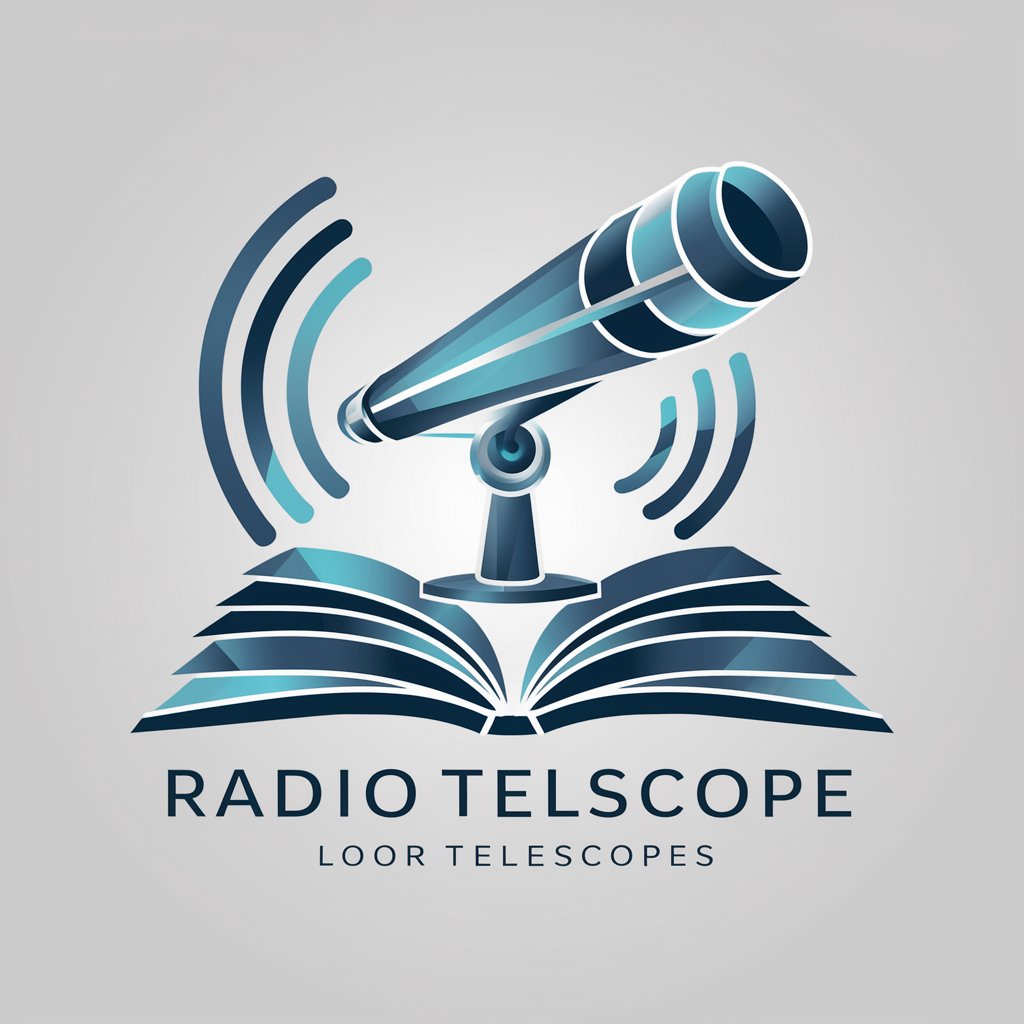
Welcome to RadioScope Writer, your guide to the universe of radio telescopes.
Unlocking the Universe with AI-Powered Insights on Radio Telescopes
Explain the basic principles of radio astronomy...
Describe the role of VLBI in astrophysics...
What are the key components of a radio telescope...
How do electromagnetic waves contribute to radio astronomy...
Get Embed Code
Introduction to RadioScope Writer
RadioScope Writer is designed to facilitate and enrich the creation of content related to the study and application of radio telescopes. At its core, it functions as a specialized guide and assistant, drawing upon a wealth of detailed information from various domains including physics, astronomy, and engineering, to support users in their exploration of radio astronomy. Through precise and comprehensive answers, RadioScope Writer offers insights into the operational principles of radio telescopes, their historical development, technological advancements, and their pivotal role in astronomical discoveries. An example scenario illustrating RadioScope Writer's utility involves a user seeking to understand the complex phenomenon of radio emissions from celestial bodies. Leveraging detailed data and explanations, it would illuminate how radio telescopes capture these emissions, interpret the significance of the received signals, and explain their contribution to our understanding of the universe. Powered by ChatGPT-4o。

Main Functions of RadioScope Writer
Educational Insights
Example
Explaining the principles of radio wave detection and the design elements that enable a radio telescope to capture and analyze signals from space.
Scenario
A high school teacher preparing a lesson on radio astronomy can use RadioScope Writer to gather accurate, detailed explanations on how radio telescopes function, including the basics of electromagnetic waves, antenna design, and signal processing.
Technical Assistance
Example
Providing guidance on the setup, calibration, and troubleshooting of small radio telescope projects.
Scenario
An amateur astronomer attempting to build a backyard radio telescope can consult RadioScope Writer for step-by-step advice on assembling the telescope, calibrating the receiver, and interpreting the data collected from their observations.
Research Support
Example
Offering in-depth analysis of specific aspects of radio telescope operations, such as interferometry techniques or the challenges of cosmic noise in observations.
Scenario
A graduate student writing a thesis on improvements in interferometric arrays can use RadioScope Writer to access comprehensive explanations of current interferometry methods, including mathematical models and practical challenges.
Ideal Users of RadioScope Writer
Educators and Students
Those involved in science education at various levels, from high school to university, who require clear, detailed information to support the teaching and understanding of radio astronomy concepts.
Amateur Astronomers
Enthusiasts looking to expand their astronomical observation capabilities by venturing into radio astronomy, needing guidance on equipment, observation techniques, and data analysis.
Research Scientists
Professionals in astronomy and related fields seeking detailed technical insights into the latest developments, methodologies, and applications of radio telescopes in research.

Guidelines for Using RadioScope Writer
Start your journey
Head to yeschat.ai for a free trial, where no login or ChatGPT Plus subscription is required.
Explore functionalities
Dive into the extensive knowledge base specifically tailored for understanding and writing about radio telescopes, including their design, operation, and the science they enable.
Utilize the document upload feature
Take advantage of the ability to upload relevant documents for deeper insights and answers directly tied to your project's needs.
Engage with the tool
Ask detailed questions related to radio telescopes to receive comprehensive, accurate responses that enhance your understanding and writing.
Review and refine
Use the insights and information provided to refine your writing, ensuring accuracy and depth in your coverage of radio telescope topics.
Try other advanced and practical GPTs
Stellar Guide
Navigate the stars with AI precision.
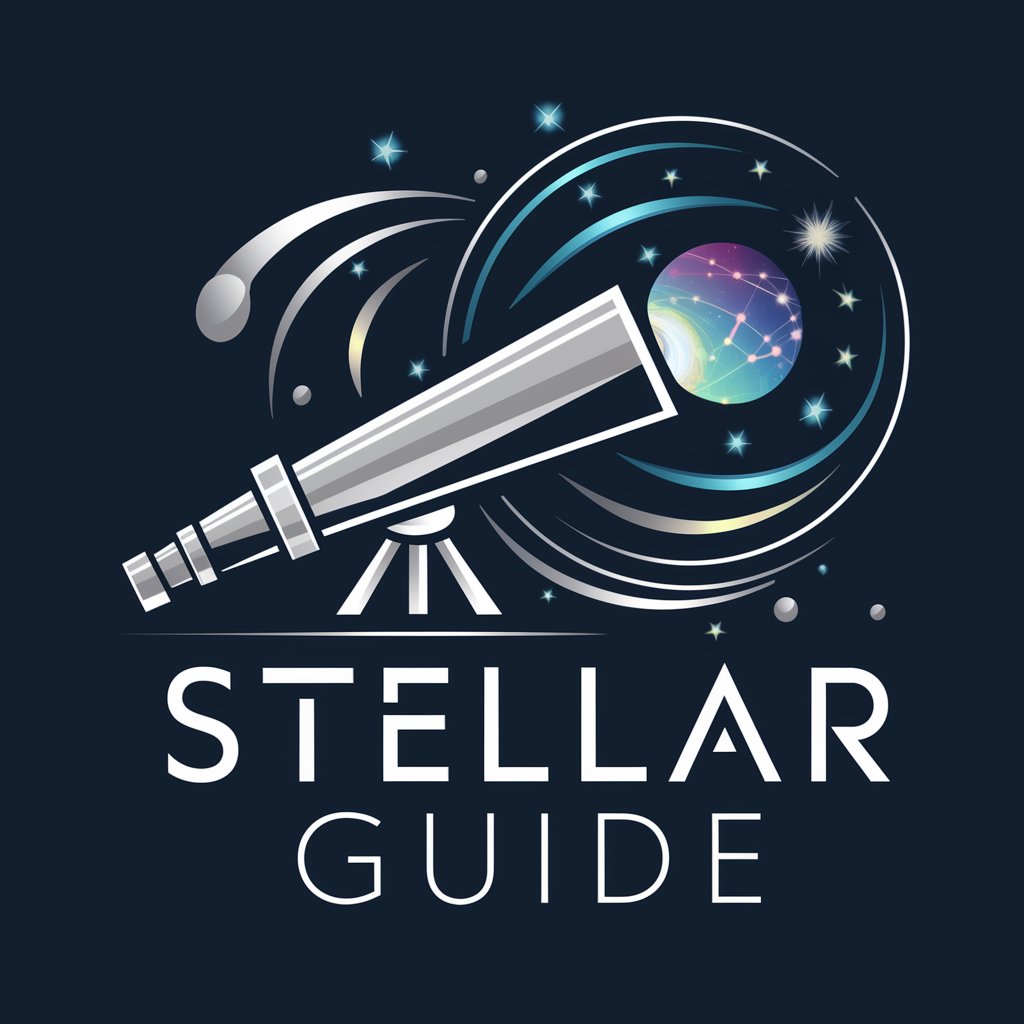
Hubble Highlights
Exploring the Universe with AI
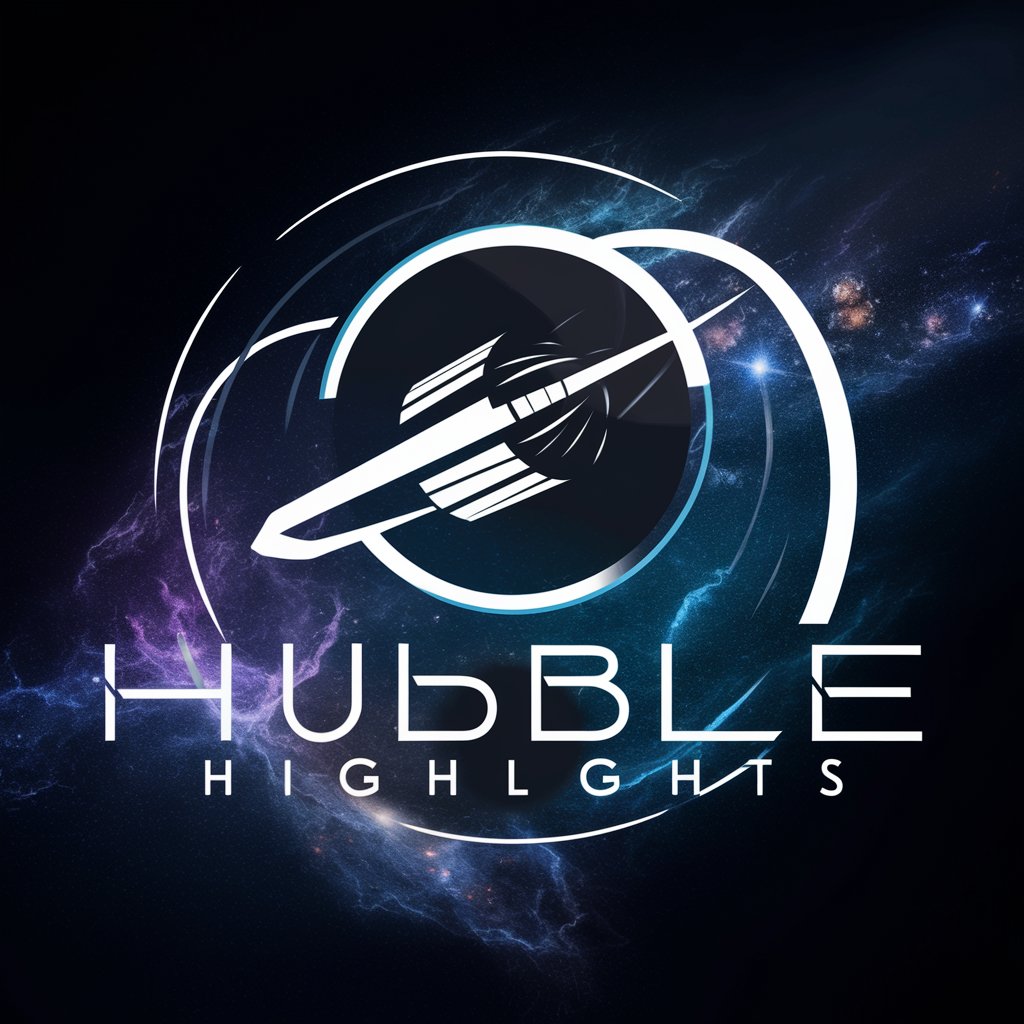
Telescope Advisor
Guiding Your Journey Through the Stars
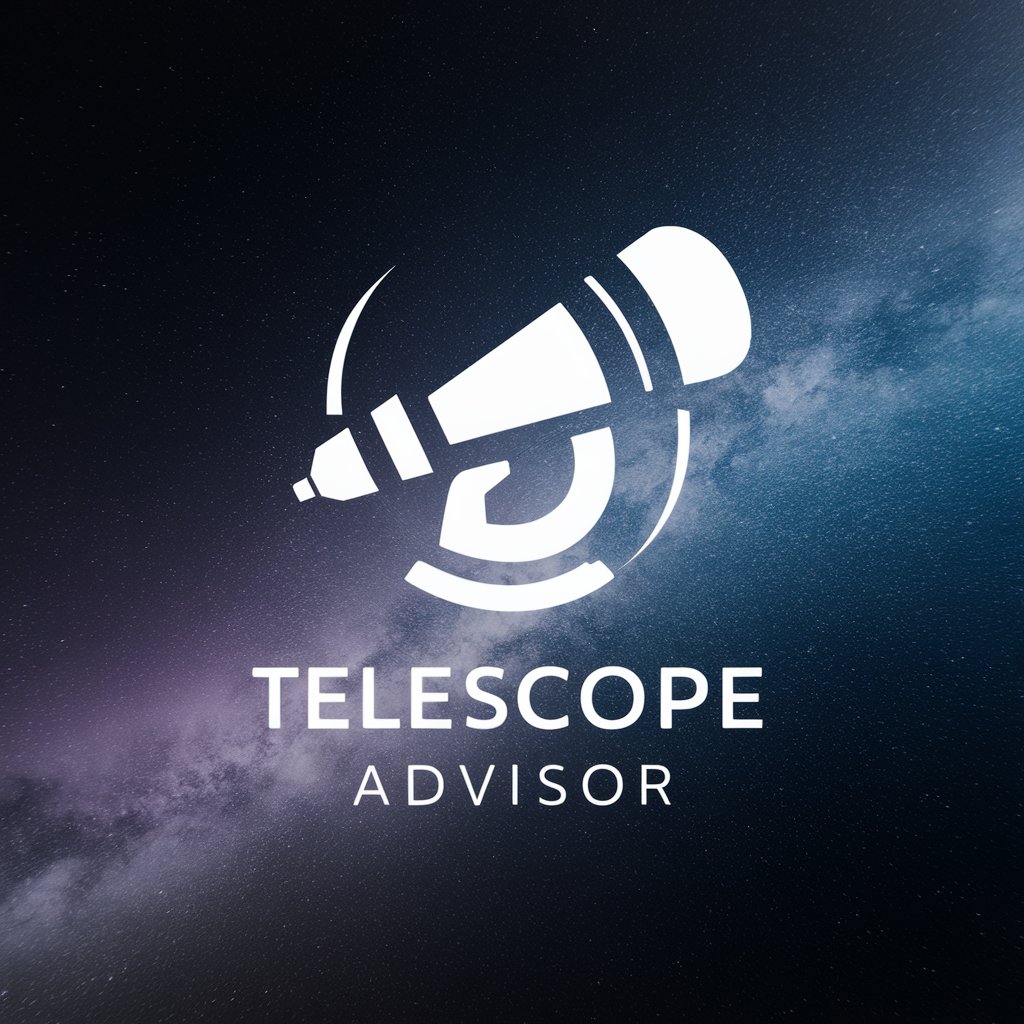
Astronomer
Your AI-powered stargazing partner
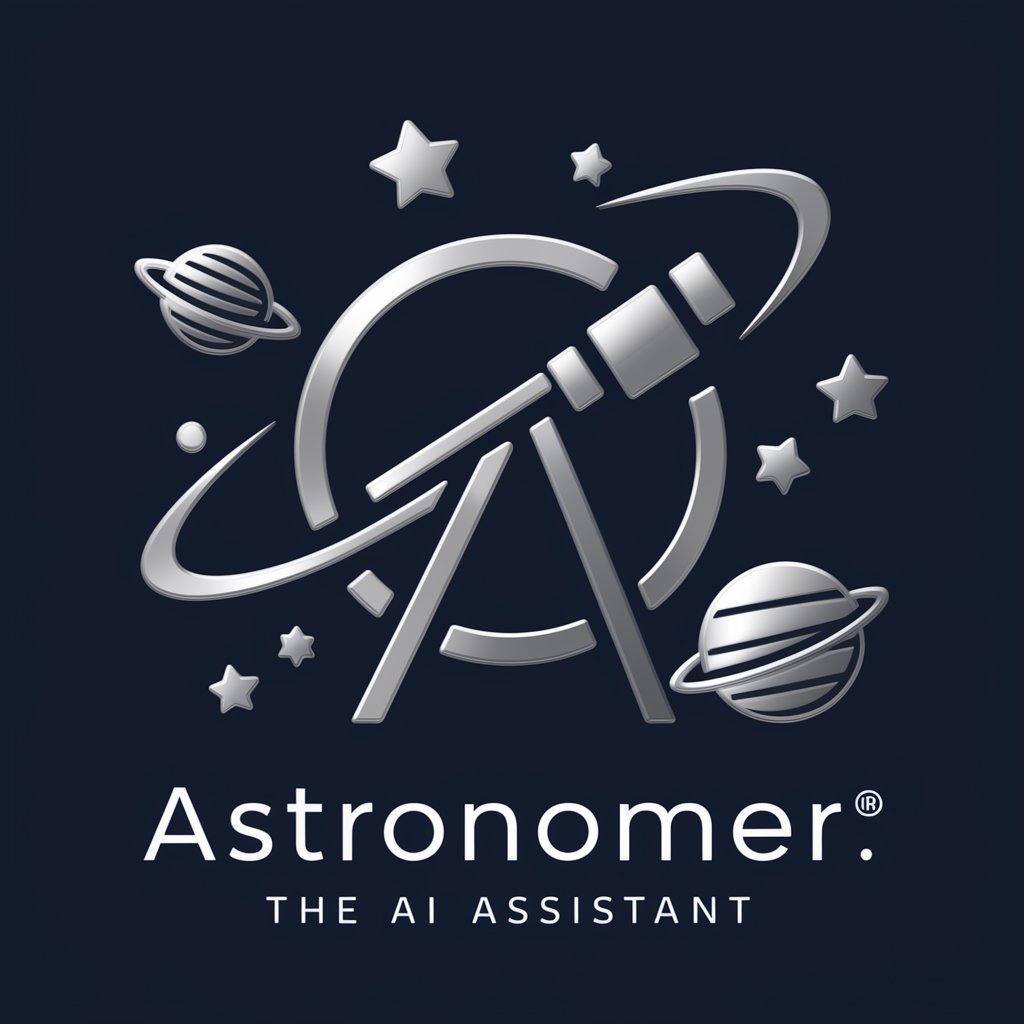
AstroExplorer GPT
Exploring the cosmos with AI-powered precision
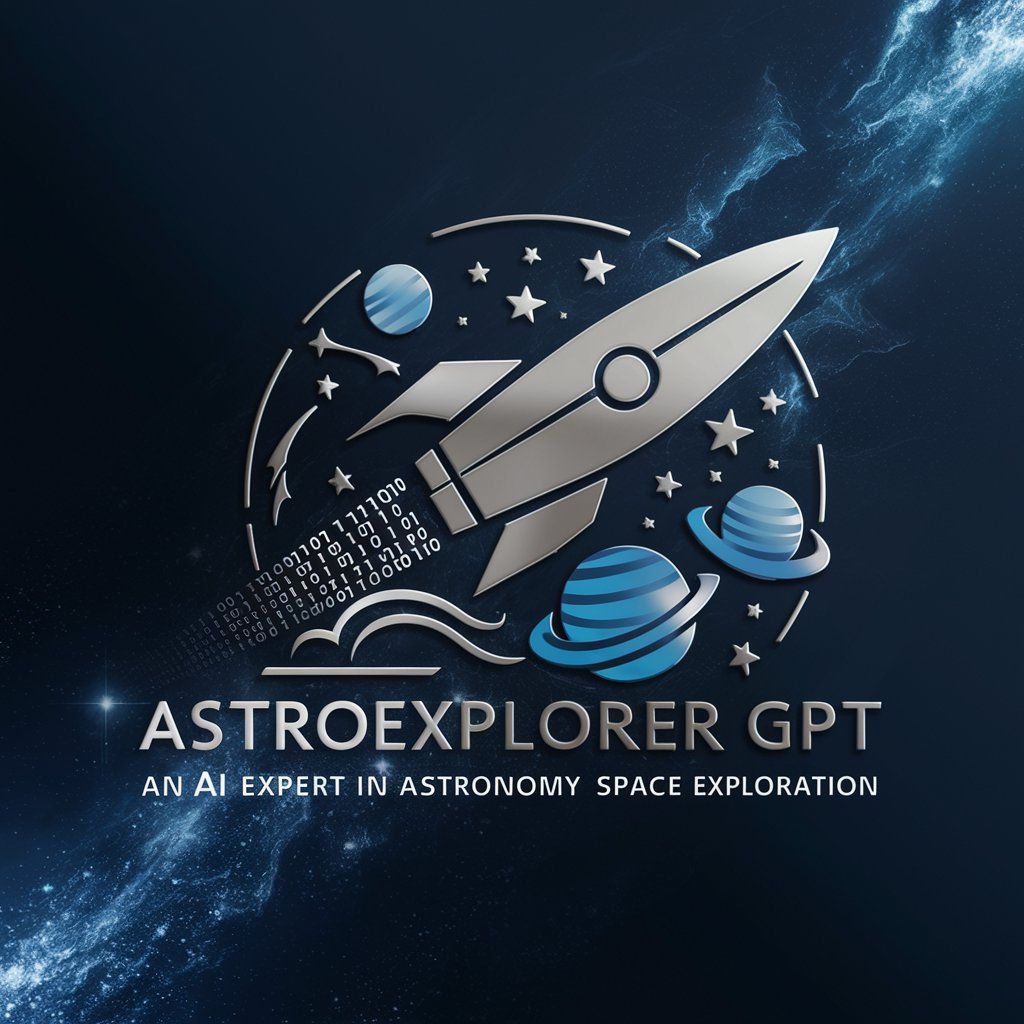
Data Interpretation from Telescopes
Unlocking the Secrets of the Cosmos with AI
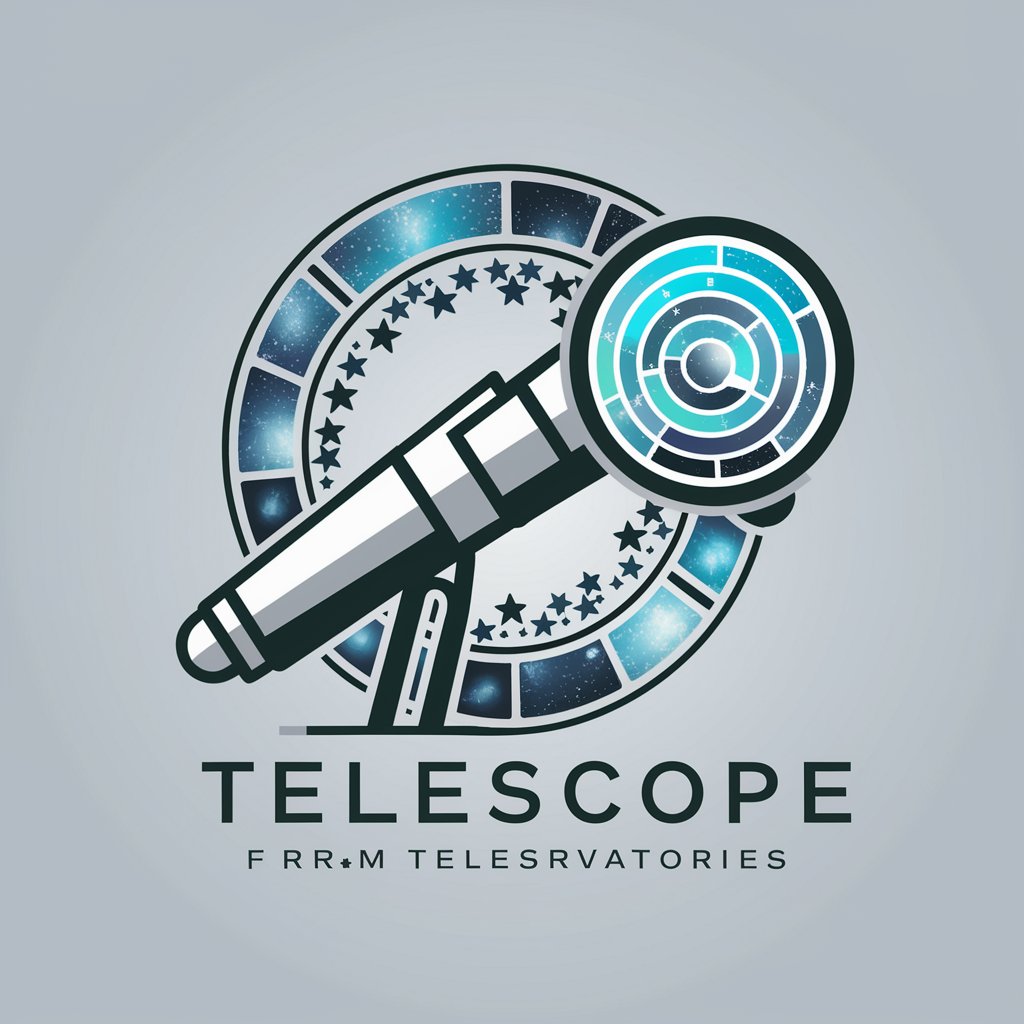
James Web Telescope
Unlocking the Universe with AI
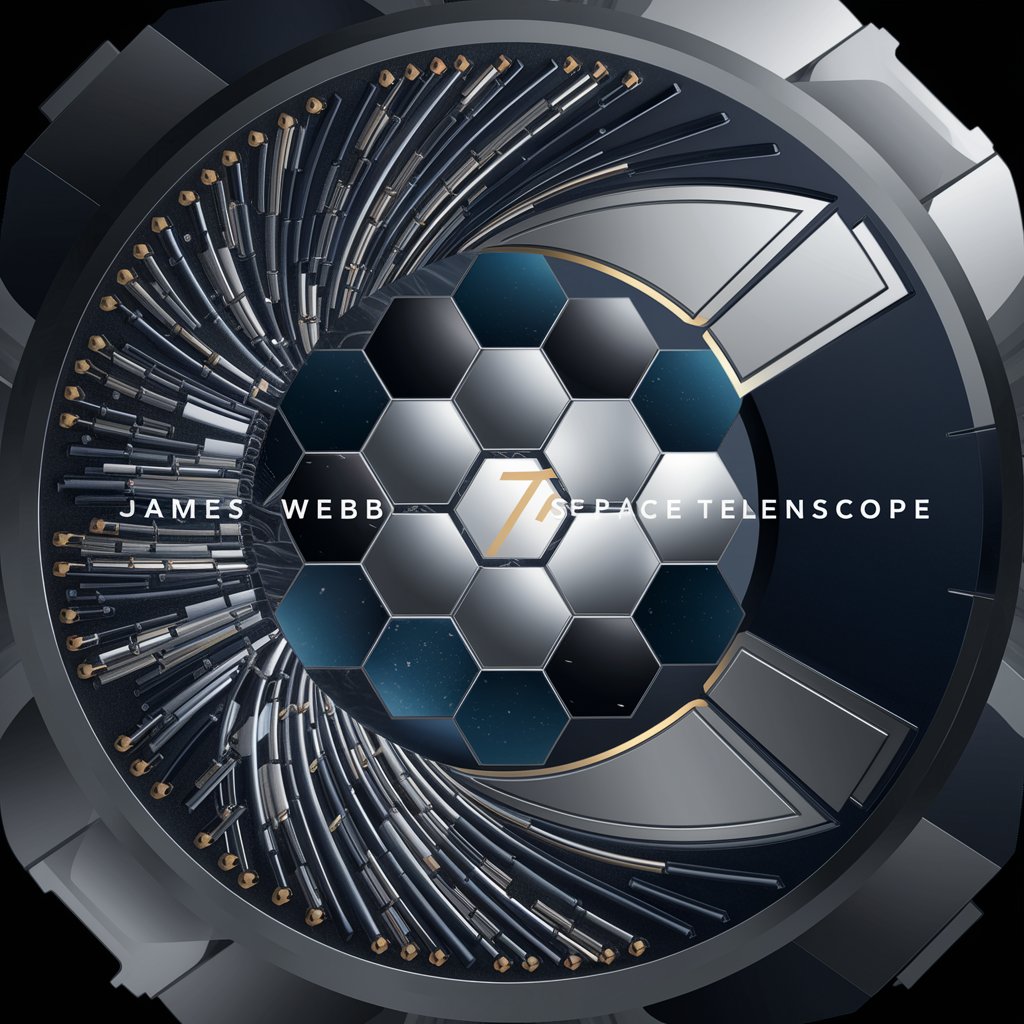
Astronomer GPT
Exploring the cosmos with AI
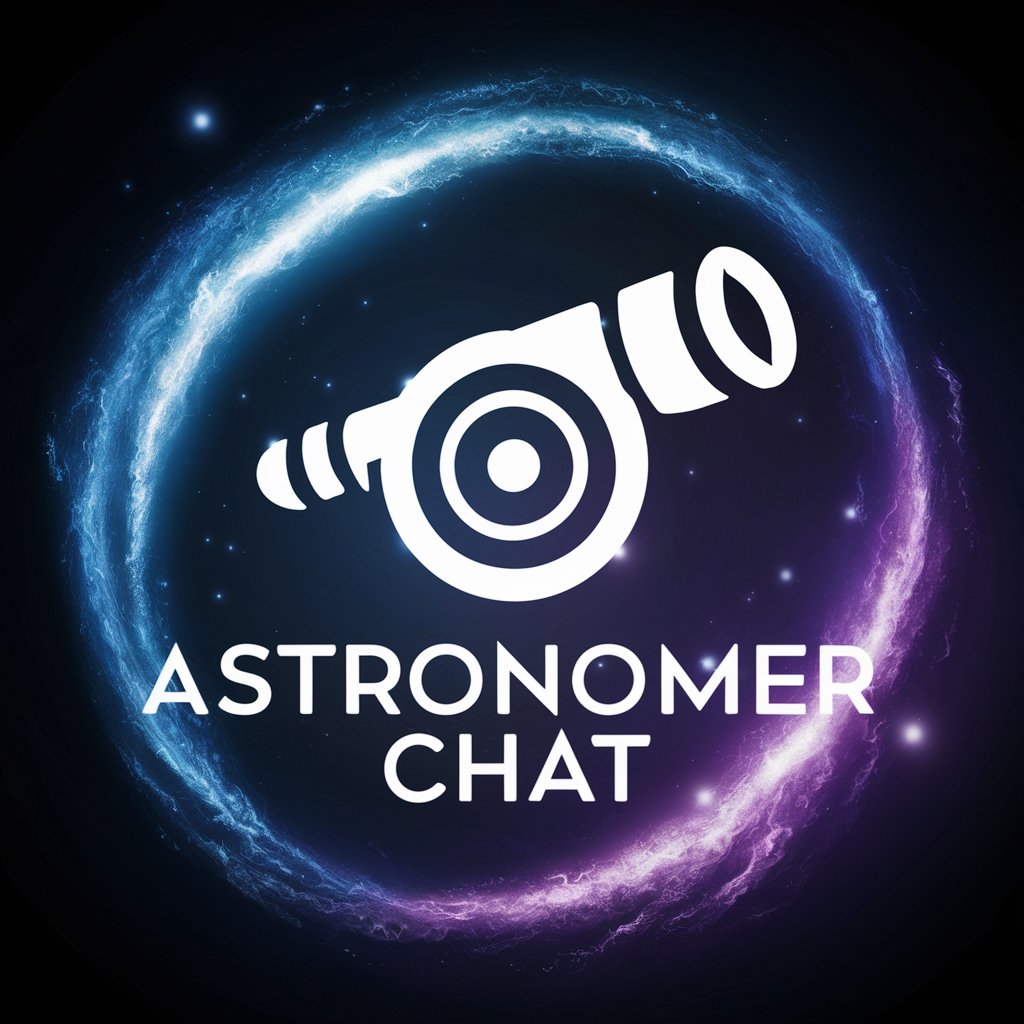
Robin Telescope
Empowering business strategies with a touch of Disney magic.

Lisa Telescope
Empowering growth with AI-driven insights

Lunch Guiden
Craft Delicious Dishes with AI

Lunch Buddy
Your AI-powered lunch planner.

RadioScope Writer Q&A
What is RadioScope Writer?
RadioScope Writer is an AI-powered tool designed to assist users in understanding and writing about radio telescopes. It provides in-depth knowledge and answers questions related to the design, operation, and scientific contributions of radio telescopes.
How does RadioScope Writer enhance my writing on radio telescopes?
It provides detailed, accurate information and insights on a wide range of topics concerning radio telescopes, ensuring your writing is comprehensive and informed. Its ability to process uploaded documents for specific insights further tailors the support to your project's needs.
Can I upload documents to RadioScope Writer?
Yes, the tool allows you to upload documents related to radio telescopes. This feature enables it to offer more precise and relevant information and advice based on your specific queries and materials.
Is RadioScope Writer suitable for academic research?
Absolutely. RadioScope Writer is equipped to provide detailed answers and explanations suitable for academic writing, research papers, and projects focusing on radio telescopes and their scientific impact.
How do I get the most out of RadioScope Writer?
To maximize the tool's benefits, clearly define your questions or topics of interest related to radio telescopes. Utilize the document upload feature for targeted assistance, and apply the detailed information provided to refine and enhance your writing or research.
